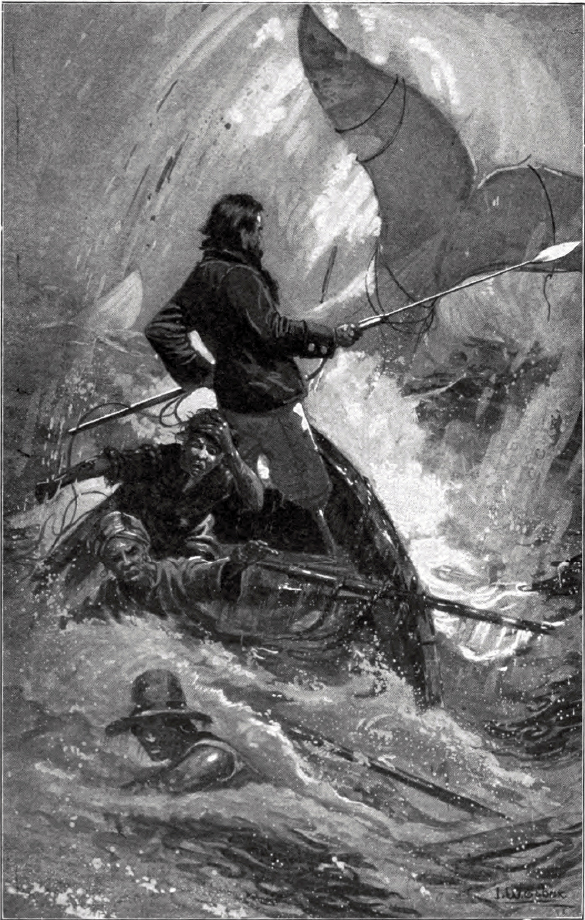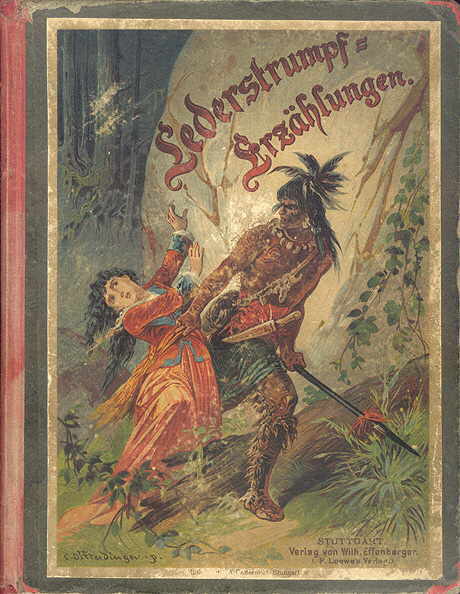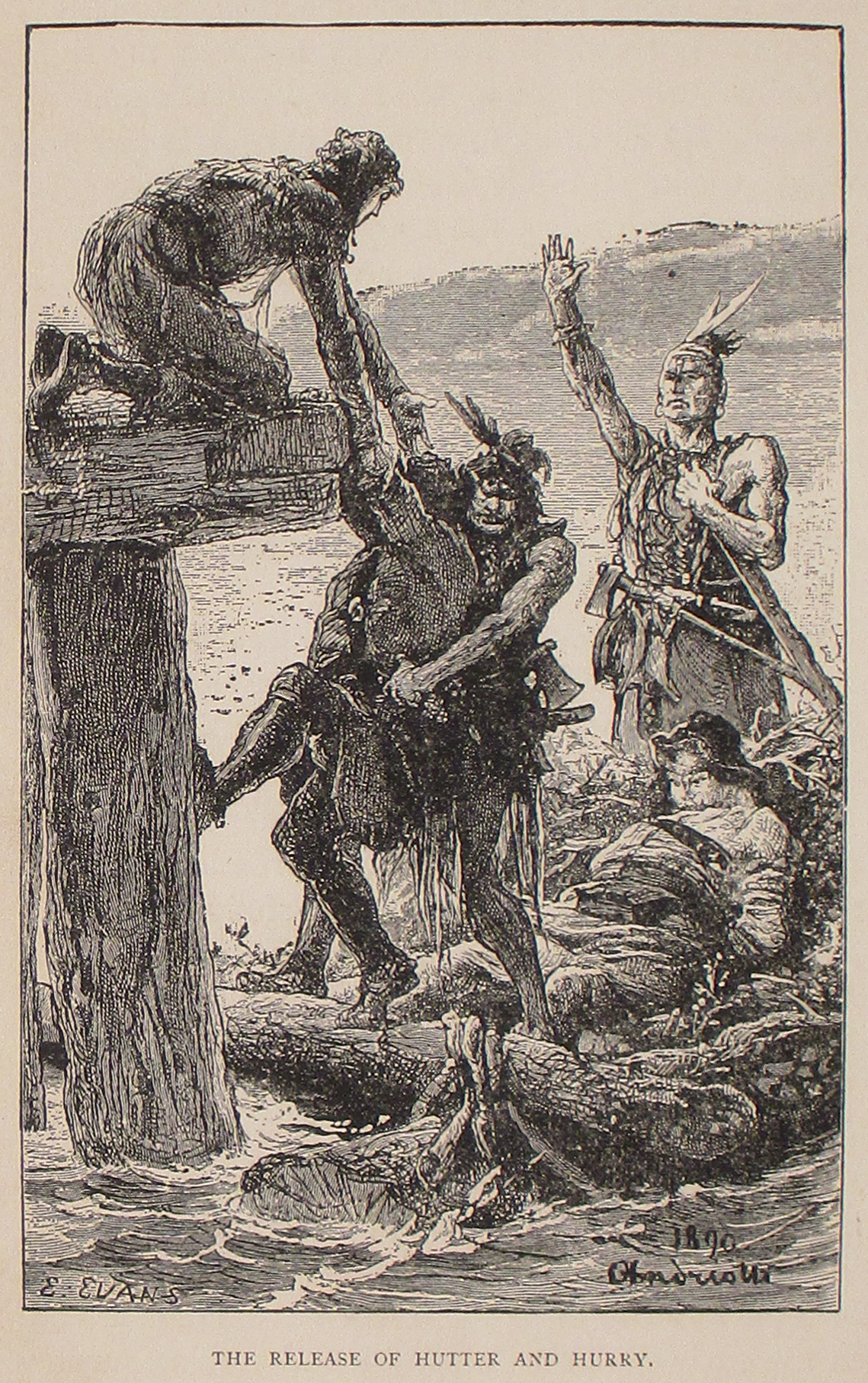|
The Two Admirals
''The Two Admirals'' is an 1842 nautical fiction novel by American author James Fenimore Cooper. The novel was written after the Leatherstocking Tales novel ''The Deerslayer''. Set during the 18th century and exploring the British Royal Navy, Cooper wrote the novel out of encouragement of his English publisher, who recommended writing another sea novel. Cooper had originally intended to write a novel where ships were the main characters, though eventually decided not to. The novels is one of three novels which Cooper would revise for editions following their first printing, the other two being '' The Pathfinder'' and '' Deerslayer''. When republishing the novel in the 1860s, Cooper's Daughter, Susan Fenimore Cooper, described the novel as "the least successful of his romances of the sea". Despite the novel not having a large legacy, critic Steven Harthorn describes the novel as one of Cooper's deepest studies of masculinity. The original manuscript for the novel is held by the ... [...More Info...] [...Related Items...] OR: [Wikipedia] [Google] [Baidu] |
Nautical Fiction
Nautical fiction, frequently also naval fiction, sea fiction, naval adventure fiction or maritime fiction, is a genre of literature with a setting on or near the sea, that focuses on the human relationship to the sea and sea voyages and highlights nautical culture in these environments. The settings of nautical fiction vary greatly, including merchant ships, liners, naval ships, fishing vessels, life boats, etc., along with sea ports and fishing villages. When describing nautical fiction, scholars most frequently refer to novels, novellas, and short stories, sometimes under the name of sea novels or sea stories. These works are sometimes adapted for the theatre, film and television. The development of nautical fiction follows with the development of the English language novel and while the tradition is mainly British and North American, there are also significant works from literatures in Japan, France, Scandinavia, and other Western traditions. Though the treatment of themes and ... [...More Info...] [...Related Items...] OR: [Wikipedia] [Google] [Baidu] |
James Fenimore Cooper
James Fenimore Cooper (September 15, 1789 – September 14, 1851) was an American writer of the first half of the 19th century, whose historical romances depicting colonist and Indigenous characters from the 17th to the 19th centuries brought him fame and fortune. He lived much of his boyhood and the last fifteen years of life in Cooperstown, New York, which was founded by his father William Cooper (judge), William Cooper on property that he owned. Cooper became a member of the Episcopal Church (United States), Episcopal Church shortly before his death and contributed generously to it. He attended Yale University for three years, where he was a member of the Linonian Society.#Lounsbury, Lounsbury, 1883, pp. 7–8 After a stint on a commercial voyage, Cooper served in the U.S. Navy as a midshipman, where he learned the technology of managing sailing vessels which greatly influenced many of his novels and other writings. The novel that launched his career was ''The Spy (Cooper nov ... [...More Info...] [...Related Items...] OR: [Wikipedia] [Google] [Baidu] |
Leatherstocking Tales
The ''Leatherstocking Tales'' is a series of five novels by American writer James Fenimore Cooper, set in the eighteenth-century era of development in the primarily former Iroquois areas in central New York. Each novel features Natty Bumppo, a frontiersman known to European-American settlers as "Leatherstocking", "The Pathfinder", and "the trapper". Native Americans call him "Deerslayer", "''La Longue Carabine''" ("Long Rifle" in French), and "Hawkeye". Publication history The story dates are derived from dates given in the tales and span the period roughly of 1740–1806. They do not necessarily correspond with the actual dates of the historical events described in the series, which discrepancies Cooper likely introduced for the sake of convenience. For instance, Cooper manipulated time to avoid making Leatherstocking 100 years old when he traveled to the Kansas plains in ''The Prairie''. The Natty Bumppo character is generally believed to be inspired, at least in part, by ... [...More Info...] [...Related Items...] OR: [Wikipedia] [Google] [Baidu] |
The Deerslayer
''The Deerslayer, or The First War-Path'' (1841) was James Fenimore Cooper's last novel in his ''Leatherstocking Tales''. Its 1740–1745 time period makes it the first installment chronologically and in the lifetime of the hero of the Leatherstocking tales, Natty Bumppo. The novel's setting on Otsego Lake in central, upstate New York, is the same as that of '' The Pioneers'', the first of the ''Leatherstocking Tales'' to be published (1823). ''The Deerslayer'' is considered to be the prequel to the rest of the series. Fenimore Cooper begins his work by relating the astonishing advance of civilization in New York State, which is the setting of four of his five ''Leatherstocking Tales''. Plot This novel introduces Natty Bumppo as "Deerslayer": a young frontiersman in early 18th-century New York, who objects to the practice of taking scalps, on the grounds that every living thing should follow "the gifts" of its nature, which would keep European Americans from taking scalps. Tw ... [...More Info...] [...Related Items...] OR: [Wikipedia] [Google] [Baidu] |
Royal Navy
The Royal Navy (RN) is the United Kingdom's naval warfare force. Although warships were used by English and Scottish kings from the early medieval period, the first major maritime engagements were fought in the Hundred Years' War against France. The modern Royal Navy traces its origins to the early 16th century; the oldest of the UK's armed services, it is consequently known as the Senior Service. From the middle decades of the 17th century, and through the 18th century, the Royal Navy vied with the Dutch Navy and later with the French Navy for maritime supremacy. From the mid 18th century, it was the world's most powerful navy until the Second World War. The Royal Navy played a key part in establishing and defending the British Empire, and four Imperial fortress colonies and a string of imperial bases and coaling stations secured the Royal Navy's ability to assert naval superiority globally. Owing to this historical prominence, it is common, even among non-Britons, to ref ... [...More Info...] [...Related Items...] OR: [Wikipedia] [Google] [Baidu] |
Sea Novel
Nautical fiction, frequently also naval fiction, sea fiction, naval adventure fiction or maritime fiction, is a genre of literature with a setting on or near the sea, that focuses on the human relationship to the sea and sea voyages and highlights nautical culture in these environments. The settings of nautical fiction vary greatly, including merchant ships, liners, naval ships, fishing vessels, life boats, etc., along with sea ports and fishing villages. When describing nautical fiction, scholars most frequently refer to novels, novellas, and short stories, sometimes under the name of sea novels or sea stories. These works are sometimes adapted for the theatre, film and television. The development of nautical fiction follows with the development of the English language novel and while the tradition is mainly British and North American, there are also significant works from literatures in Japan, France, Scandinavia, and other Western traditions. Though the treatment of themes and ... [...More Info...] [...Related Items...] OR: [Wikipedia] [Google] [Baidu] |
The Pathfinder, Or The Inland Sea
''The Pathfinder, or The Inland Sea'' is a historical novel by American author James Fenimore Cooper, first published in 1840 in literature, 1840. It is the fourth novel Cooper wrote featuring Natty Bumppo, his fictitious frontier hero, and the third chronological episode of the ''Leatherstocking Tales''. The inland sea of the title is Lake Ontario. Composition ''The Pathfinder'' was written 13 years after Natty Bumppo had ended his career in ''The Prairie''. Cooper had questioned the wisdom of reviving this hero, and he was at the time engaged in fierce litigations with newspapers. The adventures of the plot on the water take authority from the fact that Cooper had as midshipman actually seen service on Lake Ontario. Plot ''The Pathfinder'' shows Natty at his old trick of guiding tender damsels through the dangerous woods, and the siege at the blockhouse and the storm on Lake Ontario are considerably like other of Cooper's sieges and storms. Natty, in this novel commonly cal ... [...More Info...] [...Related Items...] OR: [Wikipedia] [Google] [Baidu] |
Deerslayer
Nathaniel "Natty" Bumppo is a fictional character and the protagonist of James Fenimore Cooper's pentalogy of novels known as the '' Leatherstocking Tales''. Fictional biography Natty Bumppo, the child of white parents, grew up among Delaware Indians and was educated by Moravian Christians. In adulthood, he is a near-fearless warrior skilled in many weapons, chiefly the long rifle. He is most often shown alongside his Mohican foster brother Chingachgook and nephew Uncas. Novels Bumppo is featured in a series of novels by James Fenimore Cooper collectively called the '' Leatherstocking Tales''. The novels in the collection are as follows: The tales recount significant events in Natty Bumppo's life from 1740 to 1806. Aliases Before his appearance in ''The Deerslayer,'' Bumppo went by the aliases "Straight-Tongue", "The Pigeon", and the "Lap-Ear". After obtaining his first rifle, he gained the sobriquet "Deerslayer". He is subsequently known as "Hawkeye" and ''"La Long ... [...More Info...] [...Related Items...] OR: [Wikipedia] [Google] [Baidu] |
University Of Virginia Library
The University of Virginia (UVA) is a public research university in Charlottesville, Virginia. Founded in 1819 by Thomas Jefferson, the university is ranked among the top academic institutions in the United States, with highly selective admission. Set within the Academical Village, a UNESCO World Heritage Site, the university is referred to as a "Public Ivy" for offering an academic experience similar to that of an Ivy League university. It is known in part for certain rare characteristics among public universities such as its historic foundations, student-run honor code, and secret societies. The original governing Board of Visitors included three U.S. presidents: Jefferson, James Madison, and James Monroe. The latter as sitting President of the United States at the time of its foundation. As its first two rectors, Presidents Jefferson and Madison played key roles in the university's foundation, with Jefferson designing both the original courses of study and the univ ... [...More Info...] [...Related Items...] OR: [Wikipedia] [Google] [Baidu] |
1842 American Novels
__NOTOC__ Year 184 ( CLXXXIV) was a leap year starting on Wednesday (link will display the full calendar) of the Julian calendar. At the time, it was known as the Year of the Consulship of Eggius and Aelianus (or, less frequently, year 937 ''Ab urbe condita''). The denomination 184 for this year has been used since the early medieval period, when the Anno Domini calendar era became the prevalent method in Europe for naming years. Events By place China * The Yellow Turban Rebellion and Liang Province Rebellion break out in China. * The Disasters of the Partisan Prohibitions ends. * Zhang Jue leads the peasant revolt against Emperor Ling of Han of the Eastern Han Dynasty. Heading for the capital of Luoyang, his massive and undisciplined army (360,000 men), burns and destroys government offices and outposts. * June – Ling of Han places his brother-in-law, He Jin, in command of the imperial army and sends them to attack the Yellow Turban rebels. * Winter – Zha ... [...More Info...] [...Related Items...] OR: [Wikipedia] [Google] [Baidu] |
Novels By James Fenimore Cooper
A novel is a relatively long work of narrative fiction, typically written in prose and published as a book. The present English word for a long work of prose fiction derives from the for "new", "news", or "short story of something new", itself from the la, novella, a singular noun use of the neuter plural of ''novellus'', diminutive of ''novus'', meaning "new". Some novelists, including Nathaniel Hawthorne, Herman Melville, Ann Radcliffe, John Cowper Powys, preferred the term Romance (literary fiction), "romance" to describe their novels. According to Margaret Doody, the novel has "a continuous and comprehensive history of about two thousand years", with its origins in the Ancient Greek novel, Ancient Greek and Roman novel, in Chivalric romance, and in the tradition of the Italian renaissance novella.Margaret Anne Doody''The True Story of the Novel'' New Brunswick, NJ: Rutgers University Press, 1996, rept. 1997, p. 1. Retrieved 25 April 2014. The ancient romance form was ... [...More Info...] [...Related Items...] OR: [Wikipedia] [Google] [Baidu] |




.jpg)


